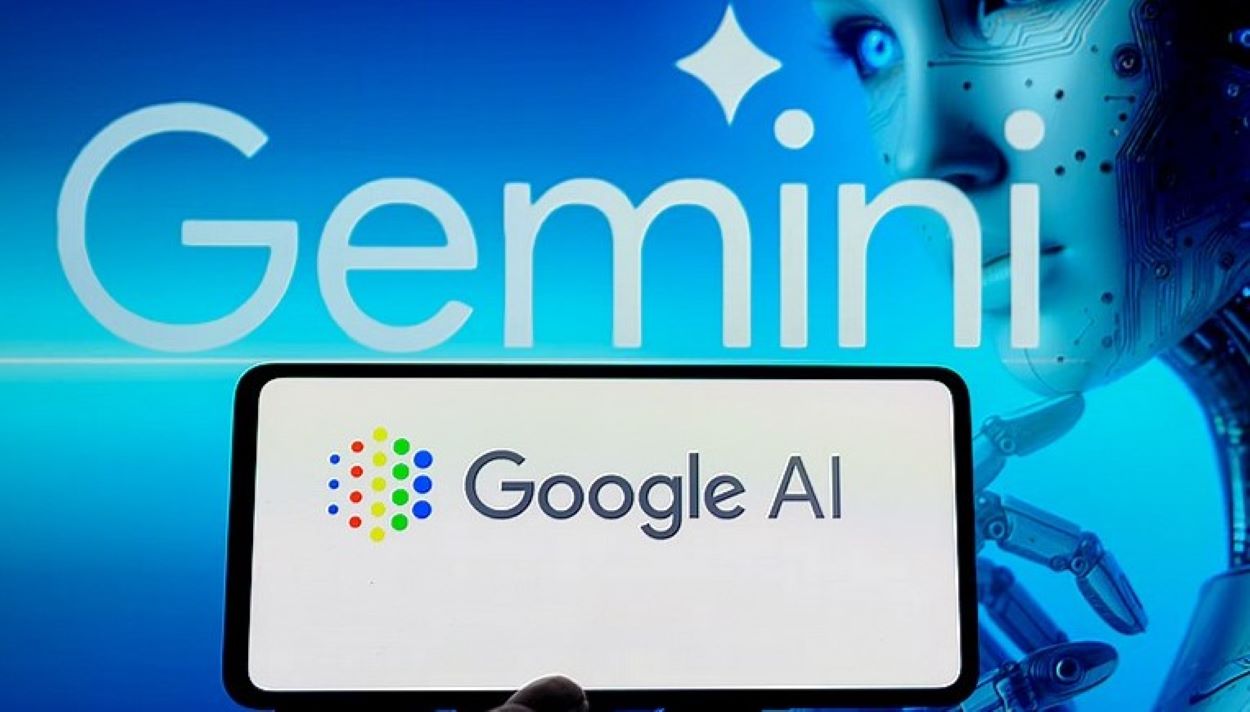Google has launched Gemini 2.5 Flash, its latest AI model in the Gemini 2.5 series, designed for high-efficiency and low-latency operations.
The Gemini 2.5 series is a powerful model that is now available on Vertex AI and will soon be accessible on Google AI Studio. It allows developers to build responsive applications that require real-time processing, such as virtual assistants and large-scale conversational systems.
The tech giant positions Gemini 2.5 Flash as complementary to its more robust Gemini 2.5 Pro model. While the Pro version excels at complex reasoning tasks involving multi-step analysis and nuanced decision-making, the Flash variant prioritizes speed and cost-effectiveness for high-volume, time-sensitive applications. Both models incorporate Google’s native reasoning capabilities, with Flash offering developers adjustable processing parameters to balance response quality against latency requirements.
🚀 Coming soon from #GoogleCloudNext: Gemini 2.5 Flash on Vertex AI.
This workhorse model is optimized for low latency & reduced cost—the ideal engine for responsive virtual assistants and real-time summarization tools where efficiency at scale is key → https://t.co/xyRAmq6CKf pic.twitter.com/zUvQCEDA3A
— Google Cloud Tech (@GoogleCloudTech) April 9, 2025Alongside the new model, Google is rolling out several enhancements to its Vertex AI platform. The experimental Vertex AI Model Optimizer tool automatically selects the most appropriate model configuration based on quality and cost considerations, simplifying deployment decisions. Additionally, a new Live API powered by Gemini 2.5 Pro enables real-time processing of streaming audio, video, and text data, supporting extended sessions beyond 30 minutes and providing time-stamped transcripts for analytical purposes.
Read: Google Launches Gemini 2.0 Flash AI Model for All Users
While Google has not yet released detailed technical specifications or benchmark results for Gemini 2.5 Flash, it emphasizes its potential to democratize AI implementation by reducing operational costs for high-throughput applications. The introduction of these tools reflects Google’s continued focus on making advanced AI capabilities more accessible to developers across the spectrum, from enterprise teams to individual creators.






